Integrating Brand Elements into Physical Space to Elevate Experience

Physical space: the ultimate vehicle for building brand experiences
Physical space is a powerful medium. In our first installment, Bringing Brand to Life in Physical Spaces, we discussed how these environments can elicit emotion—often more effectively than typical communications like online ads, television spots, or social media posts. This ability to evoke strong feelings among customers makes space an ideal touchpoint for building memorable brand experiences—especially through human-centric design based on real people’s needs.

Design is a key driver of experience—but not the only one
Think about all the places and brands you interact with on a regular basis. From the coffee shop where you swing by on your commute to the office where you work. From the restaurant where you pick up lunch to the pharmacy where you run errands. From the supermarket where you do your weekly shopping to the bar where you grab a beer at the end of the day.
Design will always affect your perception of these locations. There are countless aesthetic details that influence the overall ambiance of an area—whether it’s the arrangement of furniture, the selection of fabric patterns, or something else entirely. You’d probably be more inclined, for example, to sit and stay in a café with soft lighting and wooden tables than sip your coffee in a Dunkin’ Donuts with abrasive florescent panels and plastic surfaces.
But what about the other brand components that take place within a space? Like how friendly the barista was when you ordered. Or how easy the self-service kiosk was to use instead. Or even how marketing materials were expressed throughout the store to keep you in-the-know. From people to digital tools, products to value-add offerings, communications to events and programs: these non-design-oriented features can seriously impact an individual’s experience within a space. And how well they’re aligned with a branded environment can make the difference between a negative and positive impression among a business’s clientele.
Learn More: How to Know When Your Design Needs Design
Today, brands that have physical spaces must consider how they deliver real value for their customers. In a pre-COVID society, consumers often took these environments for granted. But now, as the world begins to move back towards “business as usual,” spaces carry more weight than they did before. Only organizations that consider the bigger picture—thinking through both design and the many other factors that fuel experience—will succeed in this new era… by creating active spaces that rise to the occasion and truly shine.
1. People: Enhancing space through conversations and customer service
Physically, Trader Joe’s looks a lot like your average grocery store. In fact, its smaller blueprints and counterintuitive configurations (like placing regular snacks in the freezer section) might make Trader Joe’s less appealing than a standard ShopRite, Kroger’s, or Safeway.
But despite these spatial constraints, Trader Joe’s is incredibly popular—with lines frequently snaking out the door. It’s cult-like following isn’t just inspired by low costs, healthy options, and unique snacks (although we’re pretty obsessed with TJ’s Scandinavian Swimmer gummies ourselves). But what really sets the Trader Joe’s shopping experience apart is its team members.
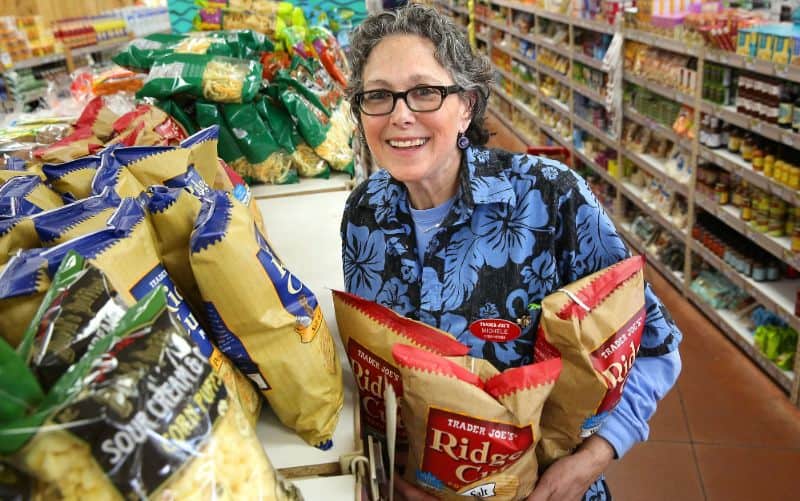
Here, workers aren’t just stockers or managers. They’re brand representatives—living and breathing the company’s cheerful, welcoming ethos in every interaction. It’s why you’re always greeted by a smile when you walk through the doors and a “Have a good day!” when you’re returning your cart. Floor staff are knowledgeable about items and baggers are there to make your check-out process less stressful. On top of it all, every employee wears a friendly Hawaiian shirt—encapsulating the business’ quirky, fun nature through their “uniform.” Trader Joe’s people are the powerhouse behind their customer service—and this ultimately makes the stores’ small square footage and unique organization more palatable than it would be normally.
2. Digital tools: Making experiences in physical locations smooth and seamless
The size and scale of Home Depot can often feel overwhelming. That’s because users are essentially shopping in a sprawling, extensive warehouse. And if you’ve never been there before or don’t know where to look, this warehouse can feel more like a maze.
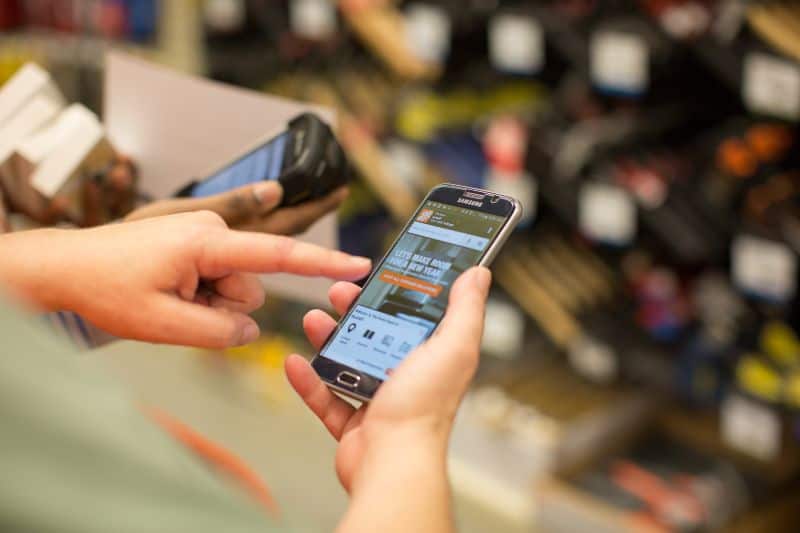
However, Home Depot has an answer to this challenge: an app that augments your in-store experience by enabling you to find products in the aisles as you shop. Described on the company’s site as a “GPS for your shopping list,” this real-time product locator can help you pinpoint everything from chicken wire to tile to drill bits across all its stores—even though their layouts aren’t identical. By providing a digital tool that delivers step-by-step navigation, Home Depot locations suddenly feel more accessible and less intimidating.
Learn More: Five Tips for a Successful Digital-First Design
3. Product presentation: Helping a brand’s space stand out
This past June, Google opened its first flagship store. And as with most new Google ventures, this space is anything but ordinary. In fact, the brand sees it not as a standard retail environment, but as a showroom.
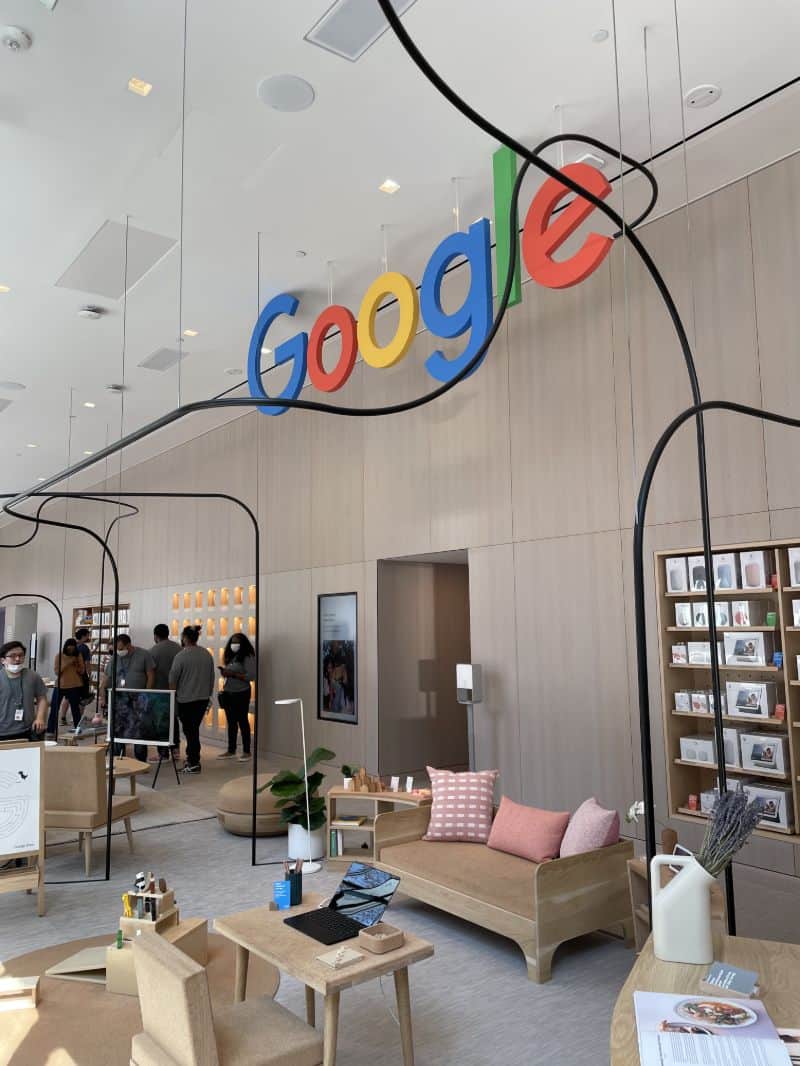
This is reflected in the way its products are displayed: not on shelves or tables, but in “in situ” setups. Called “sandboxes,” Google has created entire rooms for users to test its various offerings. There’s a gaming room, so you can give Google Stadia a go, and a living room to see how products like Nest would look and feel.
In this instance, design certainly plays a deliberate, intentional part. But by incorporating its actual products throughout the space in a distinctive and immersive way, Google is taking design to the next level—all while encouraging buyers like you to try its devices, so you can more easily imagine how they’d work in your own homes.
4. Value-add offerings: Giving customers new reasons to pop in—and come back
RIMOWA sells high-end luggage and suitcases. But at its newest Soho, New York location, the company went one step further – creating a photography studio that allows shoppers to snap a new picture for their passport while they peruse RIMOWA’s travel products.
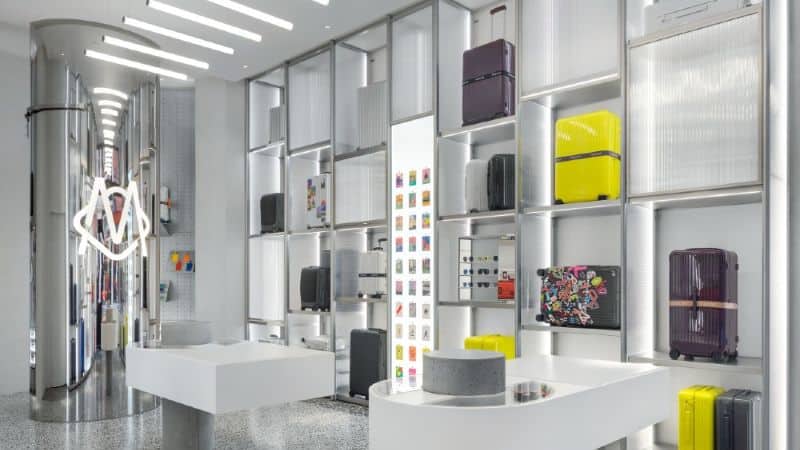
The RIMOWA Passport Studio offers “comfortable seating, flattering lighting, and a seamless automated user experience.” No wonder the U.S. Post Office and your local drug store simply can’t compare. By providing this complimentary service as an extension of its core offering, RIMOWA makes its own space more enticing – creating an exciting value-add that gives buyers another reason to pop inside.
5. Communications: Strategically advertising in spaces increases the visibility of products and services
With a rotating roster of seasonal products, Starbucks has to be strategic about where it communicates these new items to patrons. From Pumpkin Spice Lattes and Peppermint Mochas to Strawberry Funnel Cake Frappuccino’s and Kiwi Starfruit Refreshers, this carousel of changing beverages could easily be overlooked on your way in for your regular order.
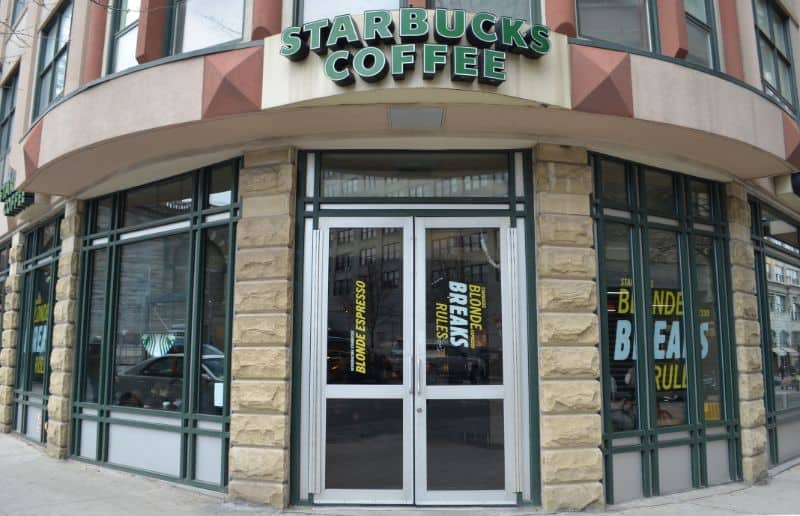
But Starbucks is smart—successfully harnessing its space to publicize these limited-time offerings. Instead of burying these products within its main counter menu, the brand also advertises these specialty drinks right on the front door—making them impossible to miss when you walk in. By treating this entranceway “real estate” as a blank canvas to communicate important messages, Starbucks leverages its space to make you more informed and pique your interest about a product you may have otherwise overlooked.
6. Events and programming: Hosting activities draws more people into a space
Brookfield Properties is a real estate company that designs multipurpose locations to bring together office, residential, retail, and event experiences under one roof. One of their most well-known buildings is Brookfield Place, located in the Battery Park neighborhood of New York. With a striking glass atrium and a large patio that overlooks the Hudson, Brookfield Place is already visually appealing. But looks alone aren’t what makes it a true destination. With offices on its upper levels, retail stores and food vendors on the bottom floors, and open areas that double as venues for public functions, Brookfield Place effortlessly combines work, life, and play.
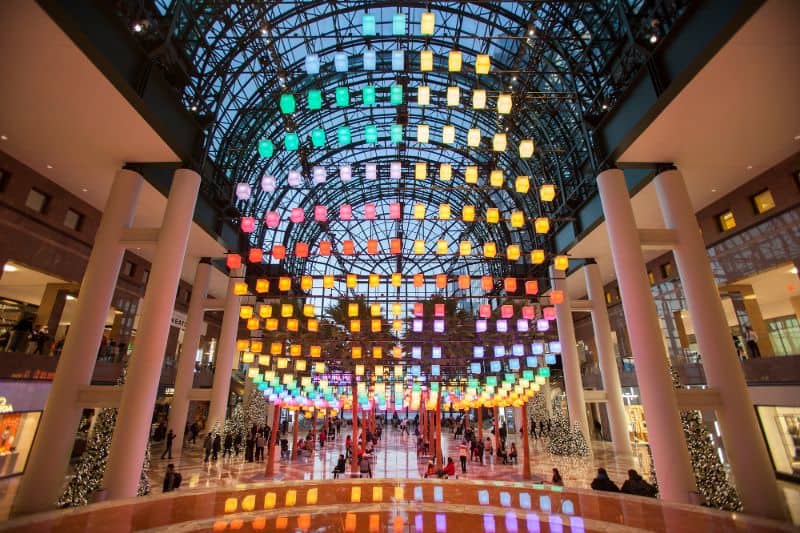
It’s this multi-use capability that makes Brookfield Place so unique. From concerts and movie screenings to art installations and dance shows, Brookfield is constantly transforming its Winter Garden lobby and Waterfront Plaza to host cultural programming series. This summer alone they’ve scheduled ping pong tournaments, outdoor fitness classes, acoustic performances, and even a live sandcastle building exhibition. By constructing areas that have the capacity to foster activities like these, Brookfield draws more people to its space—and enhances both employees’ and visitors’ experiences there.
Integrating brand elements can make or break a space
Physical space is often the context in which customers engage with a brand. But many of these environments fail to fully integrate other vital elements within their walls.
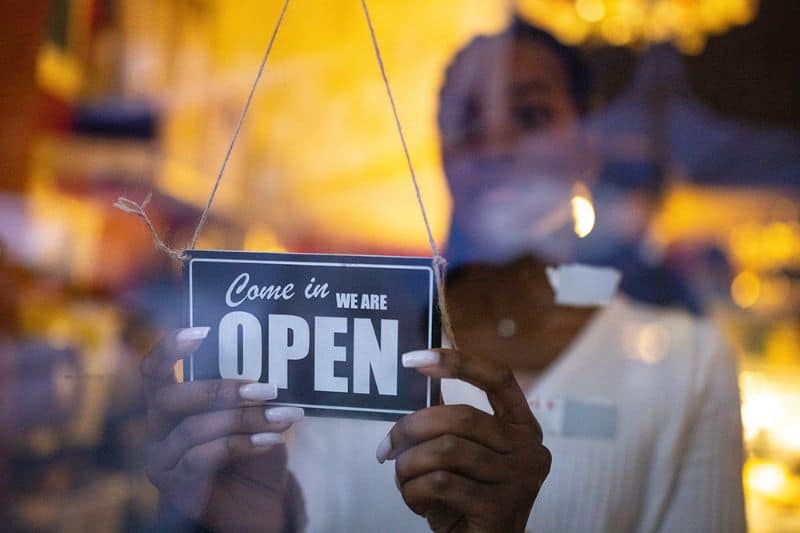
Whether it’s a pleasant exchange with a salesperson, a digital experience that boosts convenience, or a unique way that a product is showcased—these non-design-oriented ingredients are essential to enhancing space itself. And while every enterprise will prioritize these considerations differently depending on their unique buildings and business goals, each one is important in its own right. And collectively, they play an indispensable role when it comes to elevating brand experience within physical space.
Have other ideas that we haven’t thought of? Want to continue the conversation? Reach out to us here!



